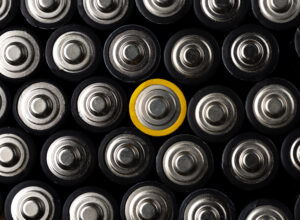
July 10, 2023
Silver offers several important properties: the highest thermal and light conductivity, the lowest melting point and weight, and its ability to reflect light. It’s also very versatile and easy to fabricate into components, while it also can be easily alloyed with other metals like tin and aluminum. Silver electroplating solutions are highly adaptable, with options that include silver-plating of gold, copper, stainless steel, or other alloys often used in batteries. Continue Reading

June 13, 2022
Military-grade surface finishing specifications – used to protect the surfaces of military equipment – have been developed over the years to ensure the readiness of various branches of the armed forces. In military jargon, these “mil-spec” finishes far surpass those needed in most civilian industries. Many of these mil-spec standards for surface finishing have proven so resilient that many have been adopted for non-military use. All surface finishes for military equipment must meet very stringent requirements to withstand the rigors of the battlefield, which highlights the significance of working with a defense metal finishing company.
Besides making equipment more durable, perhaps more important is the corrosion resistance, lifespan expansion, and maintenance reduction that surface finishing offers. Continue Reading
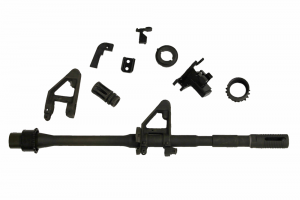
February 17, 2022
The excavation at an ancient Roman fort in Germany in the 1940s shows how far back coating metals with phosphates goes. Several iron items were found in remarkably good condition, with their surfaces converted into a blue iron phosphate coating that resisted corrosion remarkably well over the millennia. The widespread use of phosphate coatings in modern society did not begin until the mid-19th century, however, with the discovery that hot iron treated with coal dust and potassium phosphate resisted corrosion. From 1869, a variety of methods for coating metals with phosphates to protect iron and steel from corrosion were patented, and the process became increasingly widespread. Zinc and manganese phosphate coatings – the two most common types of phosphate coatings – are now widely used for a number of industrial purposes. Continue Reading

September 14, 2021
As an electrochemical process, anodizing changes the surface of metals to make them more durable to wear, corrosion-resistance, and to give them an attractive finish. The process increases the natural oxide layer that coats metal parts, though it is most commonly used with aluminum and its alloys. This aluminum oxide results in a thin protective layer that protects and covers the top metal layer. Though anodization processes exist for other nonferrous metals – such as zinc, magnesium and titanium – and there are processes that use aluminum plate to anodize color into other metals, what follows mainly addresses the color anodization process used for aluminum, with a more in-depth focus upon hard coat anodized color dyeing. Continue Reading

May 5, 2021
Quality can be subjective and open to interpretation. However, for a surface finishing company like Silvex, the goal is to achieve quality that is defined and replicable time and time again. According to ISO:9001:2015 quality is defined as the “degree to which a set of inherent characteristics of an object fulfills requirements.” Having a streamlined quality assurance process is essential for the success of a company. Continue Reading

April 23, 2021
The process to become NADCAP certified is a challenging one, which is exactly what distinguishes the good suppliers from the great suppliers. Businesses that are committed to putting in the effort in order to excel in their industry and offer top performance are, without question, the ones you want to work with. Below, we’ve outlined what you can expect from a company that has NADCAP accreditation, including Silvex Inc. Continue Reading
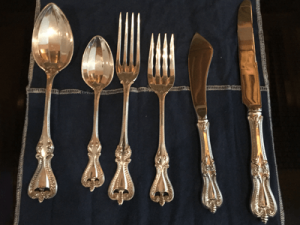
April 9, 2021
Although silver may not always be top of mind when it comes to finishing, it is actually an excellent choice for electroplating—which is why it has been a staple of coinage and metal plating throughout history. In fact, silver electroplating has so many benefits that it is as viable an option for finishing as any other previous metal on the market. Continue Reading

April 1, 2020
Electroless Nickel Plating (ENP) is the autocatalytic chemical reduction of a nickel-alloy (Nickel Phosphorus being the most common) coating used for surface finishing. This process is completed without the electric current that is commonly used in electroplating. ENP is deposited by reducing nickel ions with a chemical reducing agent such as sodium hypophosphite. Continue Reading
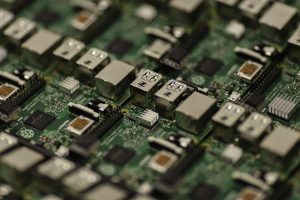
December 18, 2019
Gold plating is a commonly used surface finishing method, where a thin layer of gold is deposited onto another metal by chemical or electrochemical plating. You may find yourself wondering: How thick is gold plating? How long does gold plating last? We’ve put together a gold plating guide for your projects that may require this type of surface finishing.
Continue Reading
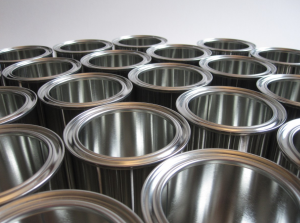
November 5, 2019
In the surface finishing industry, the term “anodizing” is very common and is frequently mentioned – but what is anodizing exactly?
What does anodizing mean?
Anodizing is a process that converts the surface of a non-ferrous metal into a corrosion-resistant, decorative, non-conductive oxide. It is a very common finishing technique for aluminum, although other metals such as titanium and magnesium can also be anodized. This process is common amongst several applications from aerospace to food services. Its ability to protect aircraft from corrosion and stray currents is vital to the success of the aerospace industry. Its high heat and corrosion resistance make for an ideal coating for food service. It is also commonly used in building materials, optics, defense, and medical industries.
Continue Reading










